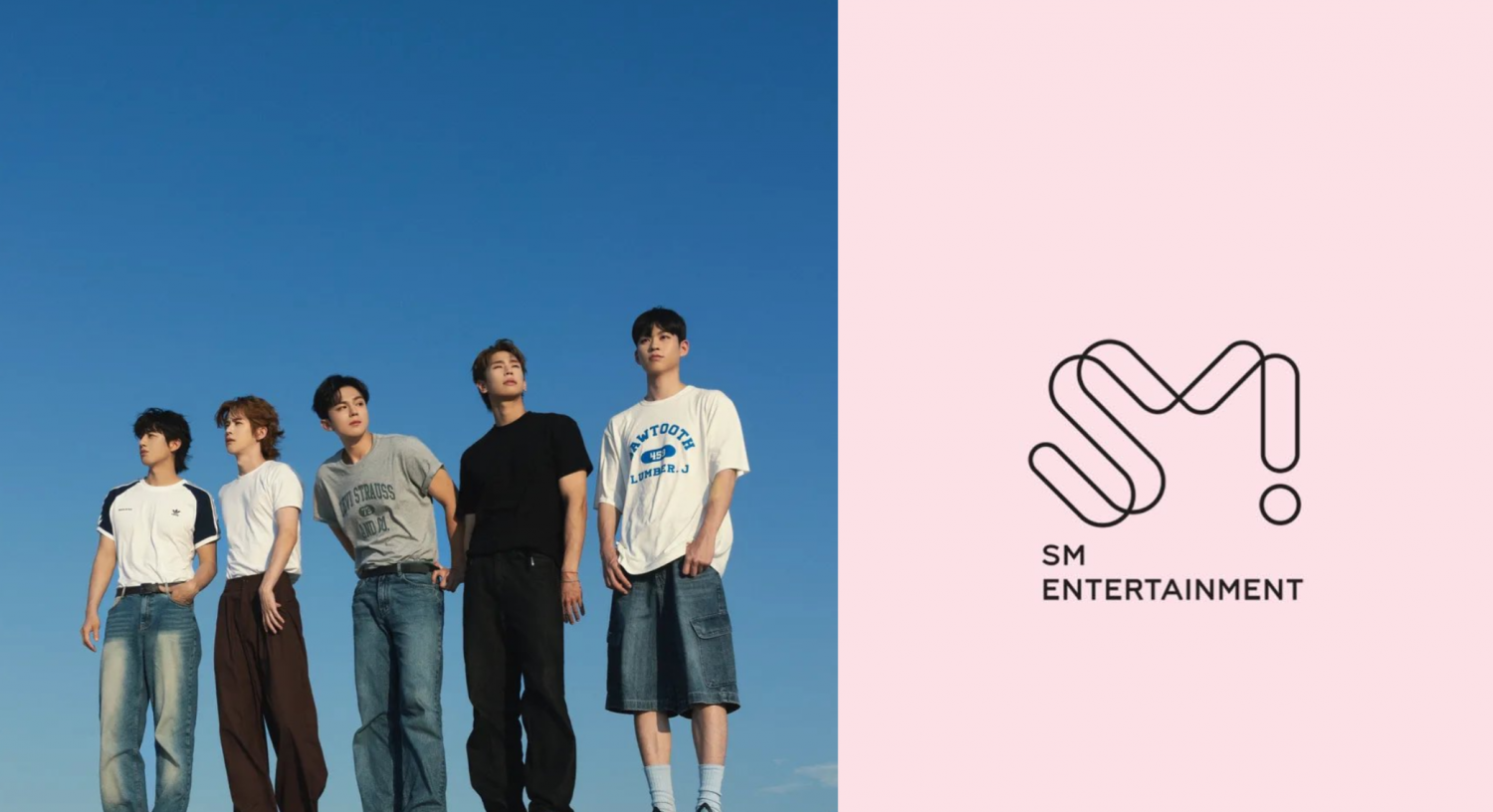KPOP (Korean Popular Music)
- Time period: Modern times
- Category: Conceptual Term
- Field: Art – Sport/Popular Music
- Summary: Kpop is Korean music that is popular overseas.
Beside appealing to Asian fans, KPop artists nowadays are more accessible to audiences in the West.
In general
Kpop has been widely known in foreign countries as Korean pop music. However, as most of the Korean dance songs nowadays are referred as Kpop, it is popular in the global market that Kpop can be defined as Korean dance music.

The transition
Kpop began to gain its popularity in 2005 when artists such as “BoA” and “DBSK” topped the Oricon Chart in Japan. After that, “Kara” and “Girls’ Generation” also entered the Japanese market.
Additionally, the company concert held by SM Entertainment with the participation of all of their artists in Paris, France in 2011 was sold out, proving that Kpop had spread widely beyond Asia and even to other regions such as Europe and the Middle East.
Content
Kpop used to make no remarkable achievement in the US market which is a country with large consumers and various cultural contents. Based on the development of Kpop, many big Korean agencies wanted to enter the US market.
In February 2006, all seats for the concert of “Rain” from JYP – one of the top 3 companies, at Madison Square Garden were sold out. It was analyzed by the Korean media that the Internet development had allowed people from anywhere around the world to have access to their favorite kinds of music and performances. With this improvement, the young Asian people living in the US could also join the Korean Wave.

Since then, various artists had opened the door for Kpop to enter the US market such as singer “BoA” in 2008, “Wondergirls” in 2009 and “Girls’ Generation” in 2012. After appearing on the CBS program called “David Letterman’s Late Show” and the morning live “Live, with Kelly” broadcasted by ABC channel, Girls’ Generation received enthusiastic reactions from the audiences. Yet, the influence of Kpop on the North America’s market was still low as it could not achieve any remarkable success there. In short, no Kpop singer was able to make a firm success in the US market.
However, in the mid 2012, the song ‘Gangnam Style’ by “Psy” became a hot fever in the US, appearing on some famous programs such as NBC’s “Ellen Show”, “Today Show” and “Saturday Night Live”. In addition, “Psy” also performed the song with the famous pop star Madonna and MC Hammer, proving the huge popularity of the song. ‘Gangnam Style’ even charted No.2 on the Billboard Hot 100 Chart, the first time a Korean content made such a big success in the US market.
Psy’s popularity and Kpop as a whole received great attention from the major local media sites. The Washington Post reported that ‘Gangnam Style’ had helped in improving the brand reputation of Korea. In addition, they said “While foreigners are becoming more interested in Korean singers, they will get to know more about Korea and purchase more Korean products”. After 2013, artists like EXO and BTS continued to make Kpop more popular through their music activities.
ABC News once introduced the process of how a Kpop star is born. They said “It is due to the Kpop’s addictive songs, the sharp choreography, the training progams that made Kpop successful”. The report also mentioned that Kpop was gaining popularity in the US and many people even started to learn Korean words enthusiastically to enjoy the Korean culture.
Current Situtation
The K-pop industry continues to prove its appeal by creating increasingly significant and positive global influences. Particularly after the Covid-19 pandemic, K-pop music has adapted and evolved to keep up with modern trends while enhancing the quality of its music to meet the diverse demands of audiences worldwide.
“Challenges” on Social Media Platforms
In the current context, the trend of short-form, vertical videos is becoming popular. Along with this, various challenges and trends have emerged. Especially on TikTok, creating content through short videos is being embraced by entertainment companies and Korean stars.
In K-pop, a new trend called the “dance challenge” has emerged. Specifically, idols perform choreography from a key part of a song, attach related hashtags, and post them on popular social media platforms such as TikTok, Instagram Reels, and YouTube Shorts. From there, fans and social media users join in by covering the choreography. Moreover, individuals can duet with idols using the “stitch” function (replying to others’ videos).

The group (G)I-DLE caused a sensation on TikTok with the “Queencard Challenge” to promote their new song. The hashtag #queencardchallenge reached over 650 million views in just a few weeks.
The creation of these cover challenges has greatly contributed to helping idols promote their songs globally. Additionally, idols from different groups participating in challenges together, often through invites, showcase the friendly and open interactions between stars. Through “dance challenges,” fans can also freely express their personal style with songs they love.
For example, BTS’s “Dynamite” challenge attracted hundreds of thousands of participants across platforms like TikTok and YouTube, with the hashtag #dynamite reaching 6.1 billion views on TikTok alone.
Expanding World Tours
During the Covid-19 pandemic, nearly all in-person events were canceled, including outdoor music shows. However, as the pandemic subsided, idols resumed live performances, especially with tours spanning from Europe to Asia to connect with global fans.

Some prominent post-pandemic world tours include BTS’s “Permission to Dance on Stage,” BLACKPINK’s “Born Pink,” and TWICE’s “Ready To Be.” In addition to live tours, many groups also offered online concerts for fans unable to attend in person. This online concert trend grew during the pandemic and continues to be popular.
Increased Interaction with Fans
In the past, fans would follow idols through YouTube content like behind-the-scenes moments or participate in fansigns. Today, however, fans can interact with idols through more diverse methods, such as online livestreams and social media platforms like Instagram, Twitter, and Weverse.
Stars are paying more attention to engaging and connecting with fans, and through platforms like Weverse, idols conduct livestreams to talk directly to fans, breaking down the barrier between idols and their loyal supporters.
Collaborating with Major Global Brands
K-pop idols have become familiar faces representing major global brands. From technology to fashion continue to demonstrate the influence of K-pop stars in the global marketplace.

Dominating Global Charts
K-pop’s influence extends to global music charts. With catchy tunes and powerful vocals, K-pop songs frequently make their way to international charts.
A Fresh Wave from 5th-Gen Groups
Recently, a wave of new 5th-generation K-pop groups has captivated fans with fresh, youthful energy. Groups like BABYMONSTER, Kiss Of Life, MEOVV, ILLIT,… have quickly gained large fanbases, particularly among Gen Z. These groups’ music videos amass tens of millions of views, highlighting their potential.

Moreover, virtual groups like MAVE:, PLAVE and the digital avatars of aespa showcase technological advancements in K-pop, merging music with AI to offer diverse, futuristic options in the industry.



